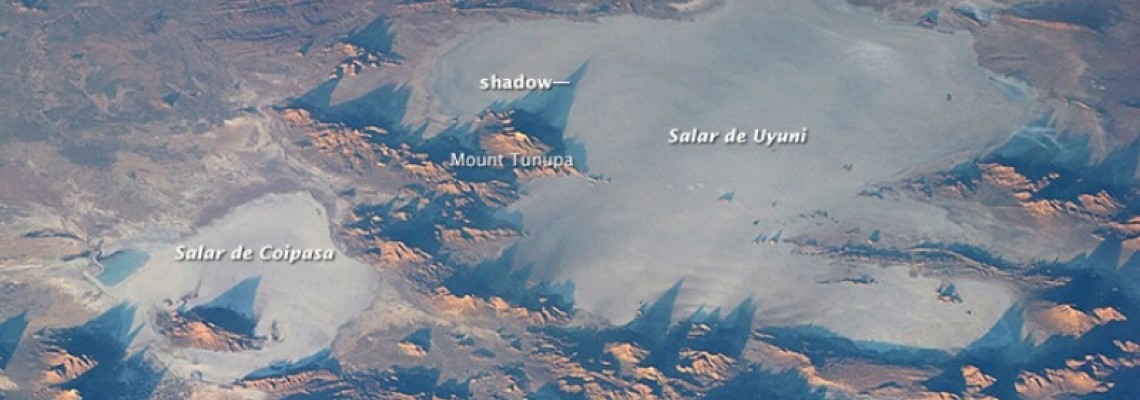
Everyone knows that Salar de Uyuni is the largest salt flat on the World. Located in the Altiplano of Bolivia, in the province of Antonio Quijarro in the department of Potosí, it covers 10.582 square kilometres, which is almost the same as the island of Hawaii (10.432 km²). But did you know that the NASA uses it to calibrate its satellites?
Even if the Uyuni salt flats (which you can visit in one of our Salar de Uyuni tours) seem an endless space that expands to infinity, this photo by the International Space Station taken from a different point of view, shows how small our planet really is.

You can also see the Salar de Coipasa (included in some of our Salar de Uyuni tours from La Paz) in the northwest. The composition of the salt deserts are mainly of halite (common table salt) and gypsum, a mineral which is frequently used in fertilizers and plaster. You can also see several mountains surrounding the area including Mount Tunupa, and their shadows cast in the salar.
The plateau was once covered by ancient lakes, thousands of years ago. The Lake Minchin covered most of the area during the Late Pleistocene, but about 15.000 years ago it shrunk considerably depositing large amounts of calcium carbonate, gypsum, halite and other minerals in the process in the basin. As no outlets were in the basin, during the dry periods the brainy water evaporated slowly. And thus Salar de Uyuni and Salar de Coipasa were born. Nowadays, there are crusts of salt that are more than 10 meters thick.
In fact, Salar de Uyuni is the World’s largest flat area and has served not only for photographers seeking for surreal images, but also for the NASA for testing their satellite sensors as well as scientists of both ICES and Envisat.
The photograph in this article, ISS040-E-7443 was take in in June 4, 2014, with a Nikon D3S digital camera with an 95 mm lens. It was originally provided by the ISS Crew Earth Observations experiment and the Image Science & Analysis Group, Johnson Space Center. You can find more images taken by NASA/JSC and astronauts at Gateway to Astronaut Photography of Earth.
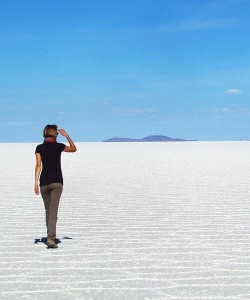
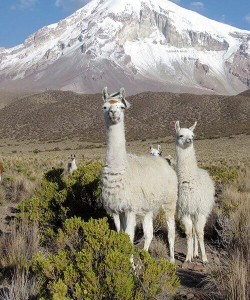
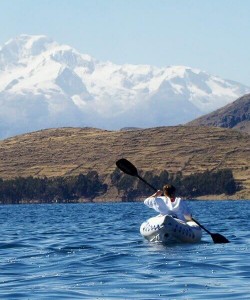
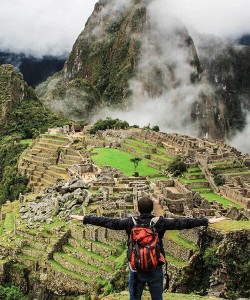
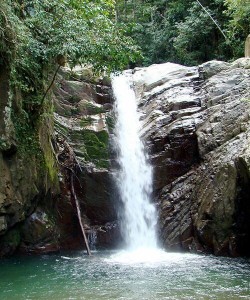
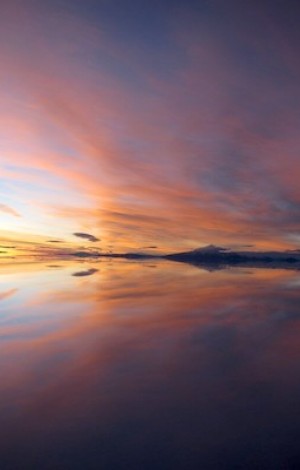
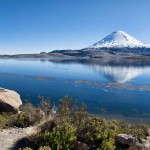
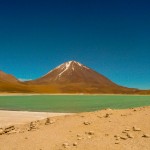
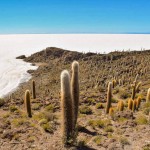
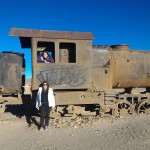
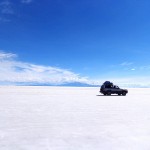
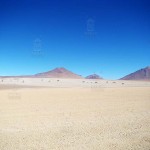
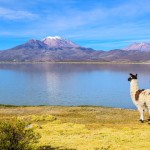
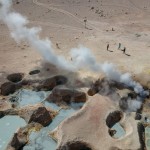
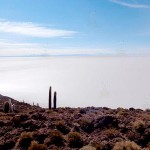
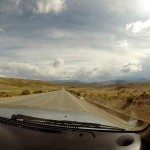
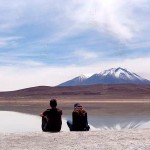
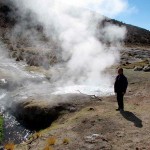
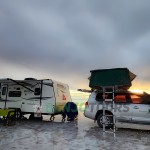
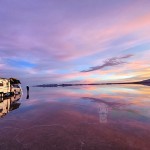
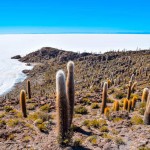
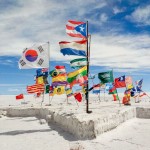

Leave a Comment